Intro
Learn what is considered fever, including normal body temperature, low-grade fever, and high fever symptoms, to understand when to seek medical help for feverish conditions and infections.
Fever is a common symptom that occurs when the body's temperature rises above its normal range. The normal body temperature for adults is typically considered to be around 98.6°F (37°C), but it can vary slightly from person to person. A fever is usually defined as a body temperature that is higher than 100.4°F (38°C). However, the definition of fever can vary depending on the age of the person, their overall health, and the underlying cause of the fever.
In general, a low-grade fever is typically considered to be a temperature that is between 100.4°F (38°C) and 102.2°F (39°C). A moderate-grade fever is usually defined as a temperature that is between 102.2°F (39°C) and 104°F (40°C). A high-grade fever, on the other hand, is typically defined as a temperature that is above 104°F (40°C). It's worth noting that fever can be a symptom of many different conditions, ranging from minor illnesses like the common cold to more serious diseases like pneumonia or sepsis.
Fever can be caused by a variety of factors, including infections, inflammatory conditions, and environmental factors. Infections such as the flu, pneumonia, and meningitis can cause fever, as can inflammatory conditions like appendicitis and pancreatitis. Environmental factors like heat stroke and heat exhaustion can also cause fever. In some cases, fever can be a symptom of a more serious underlying condition, such as a blood clot or a brain abscess.
Understanding Fever

Understanding the causes and symptoms of fever is important for determining the best course of treatment. In some cases, fever can be treated with over-the-counter medications like acetaminophen or ibuprofen. However, in more serious cases, fever may require medical attention.
Types of Fever
There are several different types of fever, including continuous fever, intermittent fever, and remittent fever. Continuous fever is a type of fever that remains relatively constant over a period of time. Intermittent fever, on the other hand, is a type of fever that comes and goes, with periods of normal temperature in between. Remittent fever is a type of fever that fluctuates over a period of time, but never returns to normal.Causes of Fever
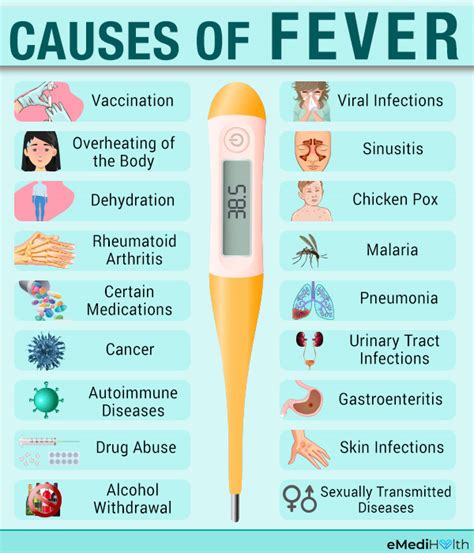
There are many different causes of fever, ranging from minor illnesses to more serious diseases. Some common causes of fever include infections like the flu, pneumonia, and meningitis. Inflammatory conditions like appendicitis and pancreatitis can also cause fever. In some cases, fever can be caused by environmental factors like heat stroke and heat exhaustion.
Symptoms of Fever
The symptoms of fever can vary depending on the underlying cause of the fever. Common symptoms of fever include headache, muscle aches, and fatigue. In some cases, fever can cause more serious symptoms like confusion, seizures, and loss of consciousness.Treatment of Fever
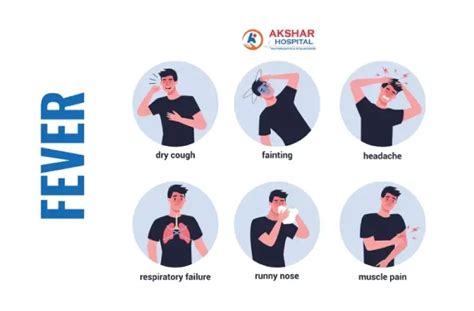
The treatment of fever depends on the underlying cause of the fever. In some cases, fever can be treated with over-the-counter medications like acetaminophen or ibuprofen. However, in more serious cases, fever may require medical attention.
Home Remedies for Fever
There are several home remedies that can help to reduce fever. These include staying hydrated by drinking plenty of fluids, resting and avoiding strenuous activities, and using cool compresses or cold packs to help bring down the temperature.Prevention of Fever
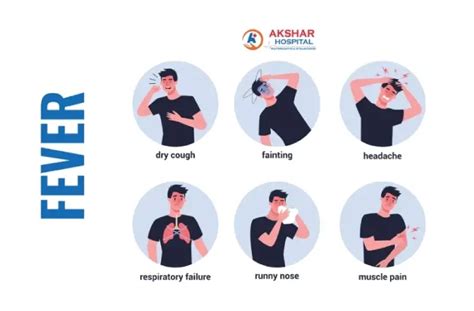
Preventing fever is not always possible, but there are several steps that can be taken to reduce the risk of developing fever. These include practicing good hygiene, such as washing your hands regularly, avoiding close contact with people who are sick, and getting vaccinated against diseases like the flu.
Risk Factors for Fever
There are several risk factors that can increase the likelihood of developing fever. These include age, with older adults and young children being more susceptible to fever. Certain medical conditions, such as diabetes and cancer, can also increase the risk of developing fever.Complications of Fever

In some cases, fever can lead to complications, such as dehydration, seizures, and brain damage.
When to Seek Medical Attention
It's essential to seek medical attention if you or someone you know is experiencing a high fever, especially if it's accompanied by other symptoms like headache, stiff neck, or difficulty breathing.Diagnosis of Fever
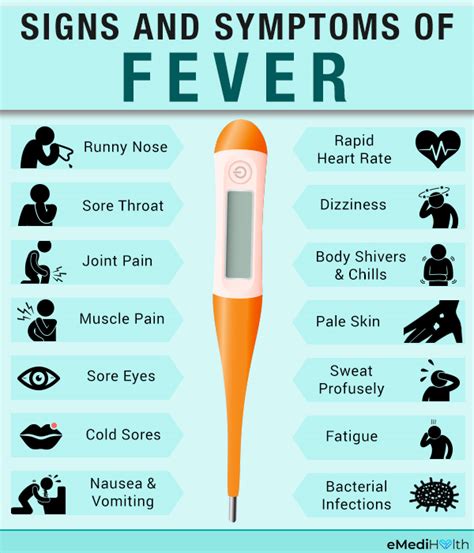
Diagnosing fever typically involves taking a medical history, performing a physical examination, and ordering diagnostic tests like blood work and imaging studies.
Treatment Options for Fever
The treatment options for fever depend on the underlying cause of the fever. In some cases, fever can be treated with over-the-counter medications, while in other cases, it may require hospitalization and treatment with intravenous antibiotics or other medications.Living with Fever
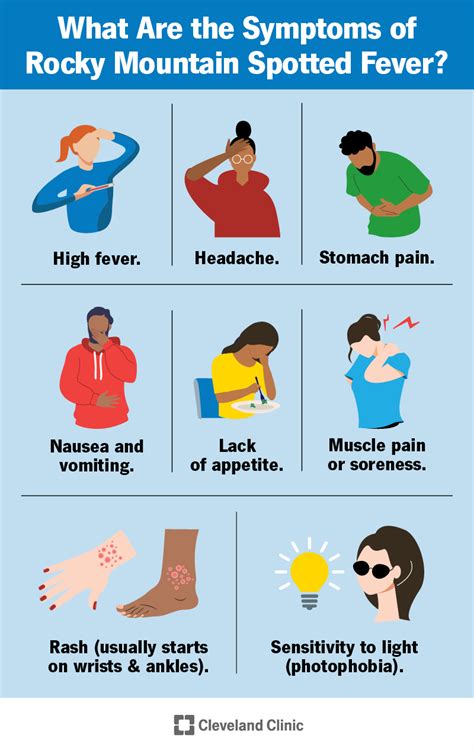
Living with fever can be challenging, but there are several steps that can be taken to manage symptoms and prevent complications.
Coping with Fever
Coping with fever requires a combination of medical treatment and self-care. This can include staying hydrated, resting, and using cool compresses or cold packs to help bring down the temperature.Future Directions for Fever Research

Research on fever is ongoing, and there are several potential future directions for study. These include developing new treatments for fever, improving our understanding of the underlying causes of fever, and identifying new risk factors for fever.
Current Research on Fever
Current research on fever is focused on understanding the underlying mechanisms of fever and developing new treatments.What is considered a fever?
+A fever is typically defined as a body temperature that is higher than 100.4°F (38°C).
What are the symptoms of fever?
+The symptoms of fever can vary depending on the underlying cause of the fever, but common symptoms include headache, muscle aches, and fatigue.
How is fever treated?
+The treatment of fever depends on the underlying cause of the fever, but it can include over-the-counter medications like acetaminophen or ibuprofen, as well as medical attention in more serious cases.
In final thoughts, fever is a common symptom that can be caused by a variety of factors, ranging from minor illnesses to more serious diseases. Understanding the causes and symptoms of fever is essential for determining the best course of treatment. By staying informed and taking steps to manage symptoms and prevent complications, individuals can reduce the risk of developing fever and improve their overall health and wellbeing. We invite you to share your thoughts and experiences with fever in the comments below, and to share this article with others who may be interested in learning more about this important topic.
